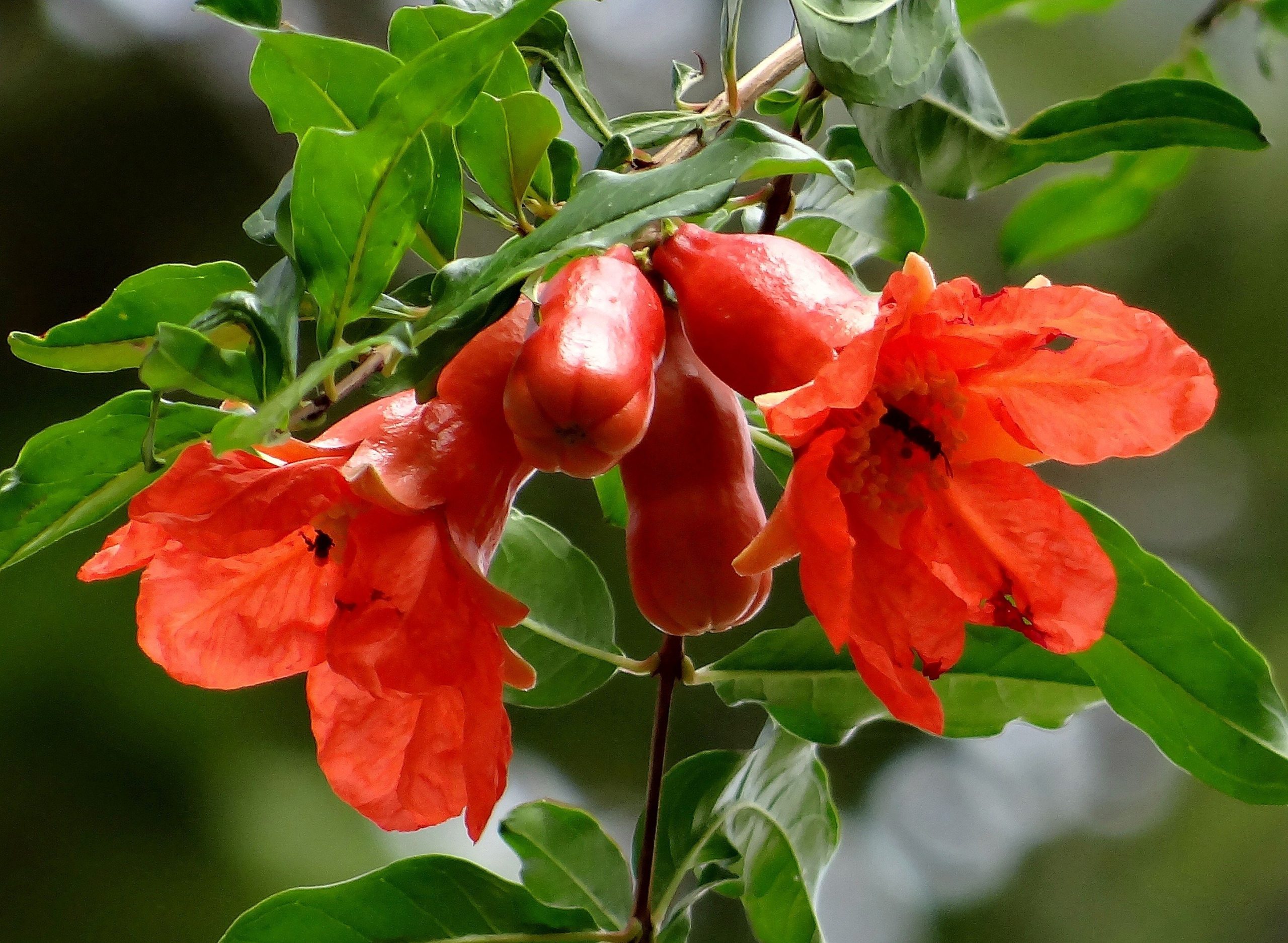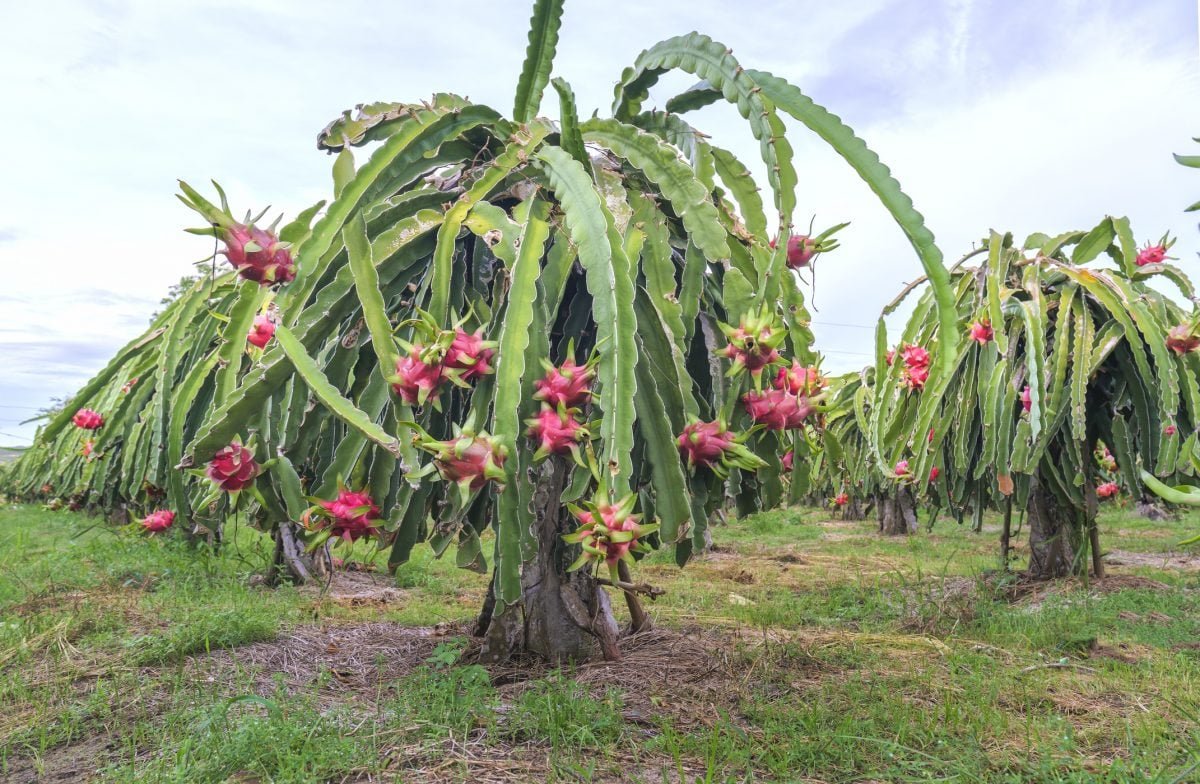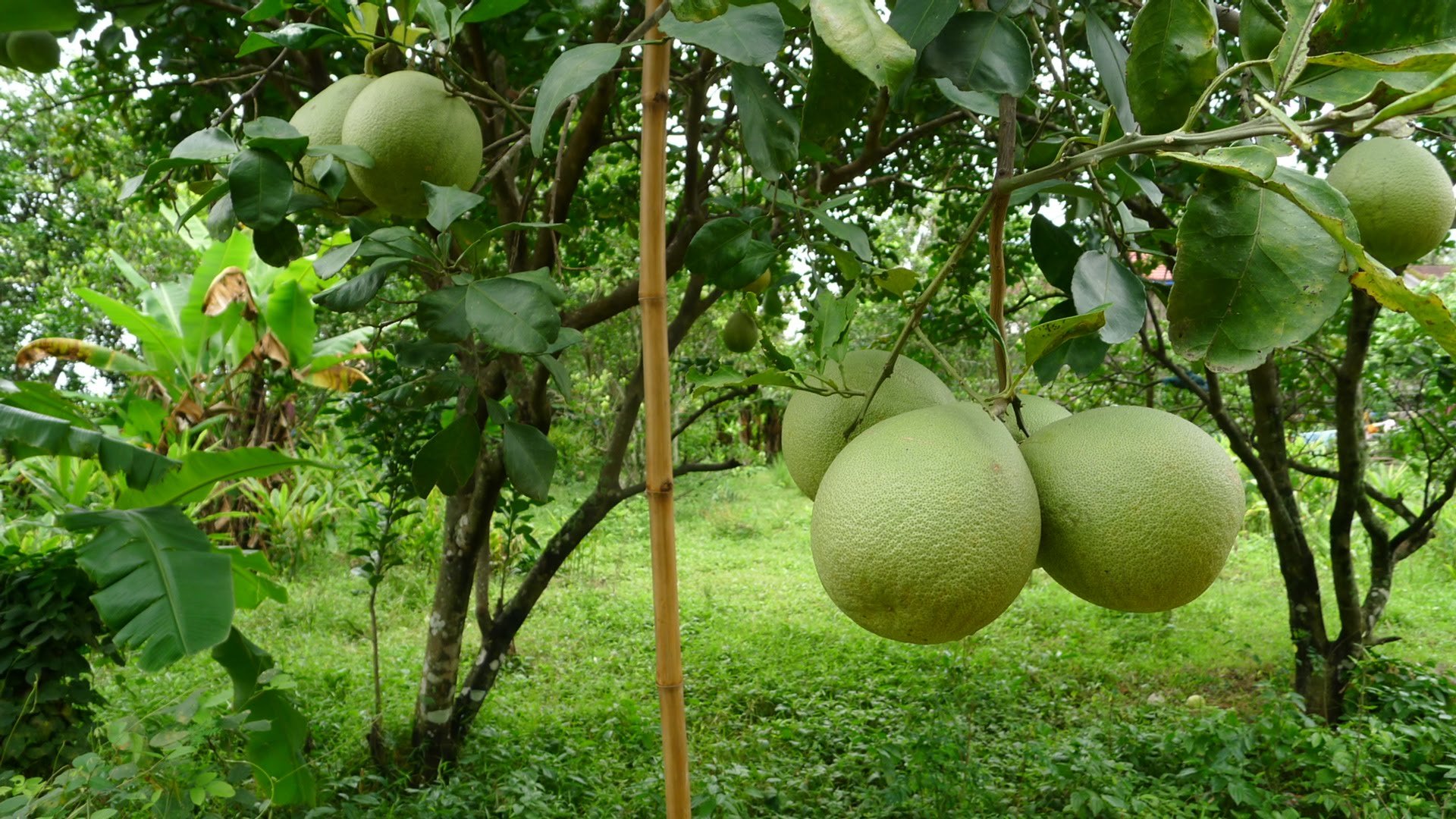Discover the joys of homegrown fruits with our guide to [The Best Fruit Plants for Home Gardens in India]. As a seasoned gardener and fruit enthusiast, I’ve curated a list of the most rewarding varieties that thrive in India’s diverse climate.
Key Takeaways:
-
Trending Fruit Plants for Home Gardens in India:
- Lemon: Easy to grow and popular citrus fruit.
- Guava: Rich in vitamins and minerals.
- Amla: Medicinal fruit with antioxidant and anti-inflammatory properties.
-
Benefits of Growing Fruit Plants at Home:
- Fresh, organic produce.
- Health benefits and nutritional value.
- Aesthetic appeal and fragrance.
Best Fruit Plants for Home Gardens in India

Welcome to the enticing world of fruit gardening in India! With our diverse climate and rich soil, growing fruit trees at home is a rewarding experience. Let’s explore some of the most popular and best fruit plants for home garden India.
Lemon: The Citrus Delight
Lemons are a staple in Indian kitchens. They add a tangy zest to your dishes and are a powerhouse of vitamin C. These low-maintenance trees are well-suited for beginner gardeners and thrive in pots or small spaces.
Guava: The Tropical Treat
Indulge in the tropical goodness of guavas, bursting with vitamins, minerals, and antioxidants. These evergreen trees produce sweet, juicy fruits that are perfect for eating fresh, making desserts, or juicing. Guavas adapt well to various soil types and tolerate heat.
Amla (Indian Gooseberry): The Medicinal Wonder
Amla, also known as Indian gooseberry, is a superfood with immense medicinal value. Its sour berries are rich in antioxidants and anti-inflammatory properties. Amla trees are easy to grow, drought-tolerant, and can adapt to different climates.
Best Fruit Plants for Home Garden India: A Table
| Fruit | Climate | Soil Type | Sun Requirement |
|---|---|---|---|
| Lemon | Subtropical | Well-drained, slightly acidic | Full sun |
| Guava | Tropical | Rich, loamy soil | Full sun to partial shade |
| Amla | Subtropical to tropical | Well-drained, sandy or loamy | Full sun to partial shade |
Reap the Goodness of Homegrown Fruit
Growing fruit plants at home offers numerous benefits:
- Fresh, Organic Produce: Enjoy the satisfaction of harvesting your own organic fruit, free from pesticides and chemicals.
- Health Benefits: Fruits are packed with essential vitamins, minerals, and antioxidants, promoting your overall well-being.
- Aesthetic Appeal: Fruit trees add a touch of beauty to your garden with their vibrant blooms and colorful fruits.
Discover the secrets of achieving a dazzling smile from the comfort of your home with our best at home teeth whitening kit south africa.
Unveiling the ultimate guide to creating a vibrant home garden, packed with information on the best flower plants for home garden in india.
Empowering you with the knowledge to achieve a radiant smile, our best at home teeth whitening nz article provides valuable insights and techniques.
Recommended Varieties for Different Climatic Regions

India’s diverse climate offers a range of opportunities for fruit cultivation in home gardens. Understanding the climatic preferences of different fruit varieties is crucial for successful harvests.
Tropical Regions:
- Mango: Choose varieties like Alphonso, Kesar, and Badami, known for their superior taste and yield.
- Banana: Opt for Cavendish, Robusta, and Green Dwarf varieties, well-suited to the warm and humid conditions.
- Papaya: Consider Red Lady, Pusa Delicious, and Sunrise Solo varieties for their sweet and juicy fruits.
- Passion Fruit: Cultivate purple or yellow varieties like Black Beauty, Panama Passion, and Hawaiian Passion Fruit.
Subtropical Regions:
- Guava: Select varieties like Allahabad Safeda, Lucknow 49, and Arka Mridula for their large, fleshy fruits and high vitamin content.
- Strawberry: Choose varieties like Chandler, Albion, and Sweet Charlie for their sweet and aromatic fruits.
- Sitafal (Custard Apple): Opt for varieties like Balanagar, Dilpasand, and Sharifa for their creamy and nutritious fruits.
Temperate Regions:
- Lemon: Consider varieties like Meyer Lemon, Eureka Lemon, and Lisbon Lemon for their juicy and acidic fruits.
- Watermelon: Choose varieties like Sugar Baby, Crimson Sweet, and Charleston Gray for their refreshing and sweet taste.
Key Takeaways:
- Choose fruit varieties that align with your specific climatic conditions.
- Research the growth habits, disease resistance, and fruit quality of different varieties.
- Experiment with multiple varieties to find the ones best suited for your home garden.
Citations:
- Organic Bazaar: 15 Best Fruit Plants for Home Gardens in India
- Slurrp: 6 Fruit Plants You Can Grow In Your Home Garden
Disease management strategies for healthy trees
Protecting your fruit trees from diseases is essential for a bountiful harvest. Here are some effective strategies:
-
Prevention is key: Healthy trees are more resistant to diseases. Ensure good cultural practices, like proper sanitation, crop rotation, and selecting disease-resistant varieties.
-
Early detection and intervention: Regularly inspect your trees for signs of disease. Promptly remove infected leaves, fruits, or branches to prevent the spread of infection.
-
Organic pest management: Consider using natural predators, insecticidal soaps, or oils to control pests that can carry diseases. Neem oil and pyrethrum are also effective disease management options.
-
Chemical control: When necessary, use chemical treatments to control severe diseases. Follow label instructions carefully and consider the environmental impact.
-
Proper sanitation: Clear away fallen fruits, leaves, and other plant debris to reduce disease-causing pathogens.
-
Water management: Avoid overwatering, as wet conditions favor disease development.
By implementing these strategies, you can create a healthy and disease-free environment for your fruit trees, resulting in a bountiful harvest year after year.
Key Takeaways:
- Prevention through good cultural practices is crucial.
- Early detection and intervention can minimize disease impact.
- Consider organic pest management and chemical control options.
- Proper sanitation and water management help prevent disease.
- Healthy trees are better equipped to resist diseases.
Relevant URL Sources
Relevant URL Sources
Harvesting Techniques and Post-Harvest Care
Greetings, fellow fruit enthusiasts! As a seasoned gardener, I’ve witnessed firsthand how crucial post-harvest care is for preserving the bounty of your homegrown fruit. Let’s dive into the best practices for harvesting techniques and post-harvest care to ensure your fruits remain fresh and flavorful.
Harvesting Techniques
- Observe timing: Harvest fruits at their peak ripeness to maximize their taste, texture, and nutritional value. Different fruits have varying maturity indicators, so research specific varieties.
- Handle with care: Gently detach fruits from their branches or stems, avoiding bruising or damage. Use sharp shears or clippers for precise cuts.
- Consider storage: Harvest fruits during the coolest part of the day to minimize post-harvest deterioration.
Post-Harvest Care
- Cooling: Rapidly cool fruits after harvest to slow down ripening and preserve their quality. Refrigerate or place in cold storage as needed.
- Humidity control: Maintain suitable humidity levels to prevent shriveling or mold growth.
- Ethylene management: Ethylene gas can accelerate ripening. Store fruits away from ethylene-producing items like apples or bananas.
- Packaging: Pack fruits carefully to minimize damage and avoid cross-contamination. Use breathable materials like paper bags or perforated containers.
Key Takeaways:
- Harvest fruits at optimal ripeness
- Handle fruits with care to avoid damage
- Cool and maintain humidity to preserve quality
- Manage ethylene levels to slow down ripening
- Pack fruits appropriately for storage
Citations:
- Post-Harvest Handling of Fruits: A Review
- Post-Harvest Care of Perishables: Benefits of Cooling
FAQ
Q1: What are the best fruit plants to grow in home gardens in India?
A1: Lemon, guava, and amla (Indian gooseberry) are among the most popular and productive fruit plants for home gardens in India due to their low maintenance requirements, resistance to pests and diseases, and high yields.
Q2: What are the benefits of growing fruit plants at home?
A2: Growing fruit plants at home provides fresh, organic produce, enhances nutritional value in the diet, and adds aesthetic appeal to the surroundings.
Q3: What are some important considerations for growing fruit trees in India’s climate?
A3: India’s diverse climate requires careful selection of fruit plants suited to specific regions. Factors to consider include availability of water, temperature, humidity, and soil conditions.
Q4: How can I prevent and manage pests and diseases in my fruit trees?
A4: Implementing organic pest management techniques, such as using natural predators, insecticidal soaps and oils, and disease-resistant plant varieties, can help prevent and manage pests and diseases in fruit trees.
Q5: How can I extend the shelf life of my harvested fruits?
A5: Harvesting fruits at the appropriate maturity stage and employing proper post-harvest handling techniques, including temperature control and appropriate storage conditions, can help extend the shelf life of harvested fruits.
- How to Remove Sticker Residue from Clothes: Effective & Safe Methods - April 26, 2025
- How to Get Mustard Out of Clothes: Fast & Effective Stain Removal Guide - April 26, 2025
- How to Get Mustard Out of Clothes: A Complete Guide - April 26, 2025










